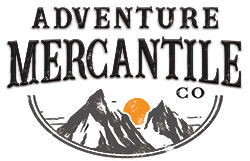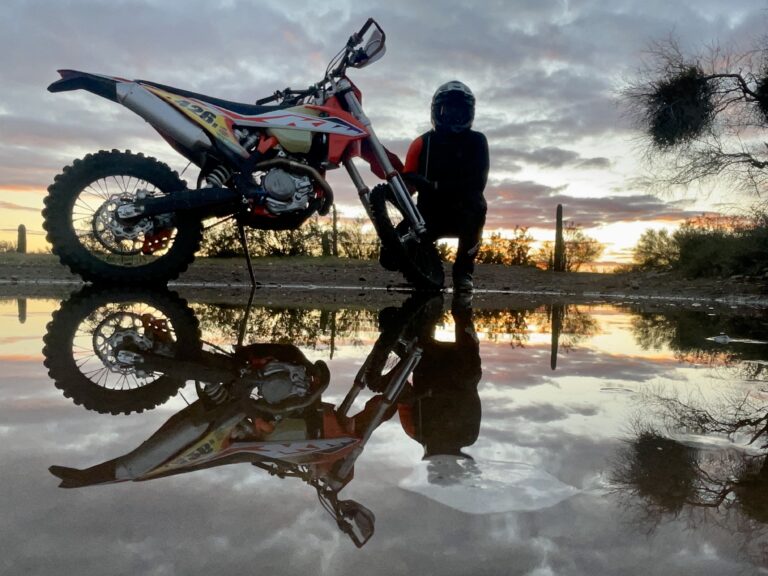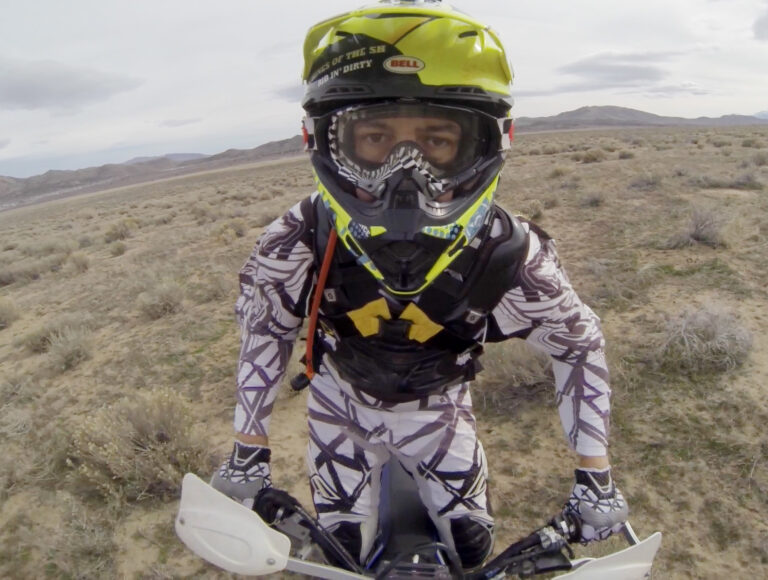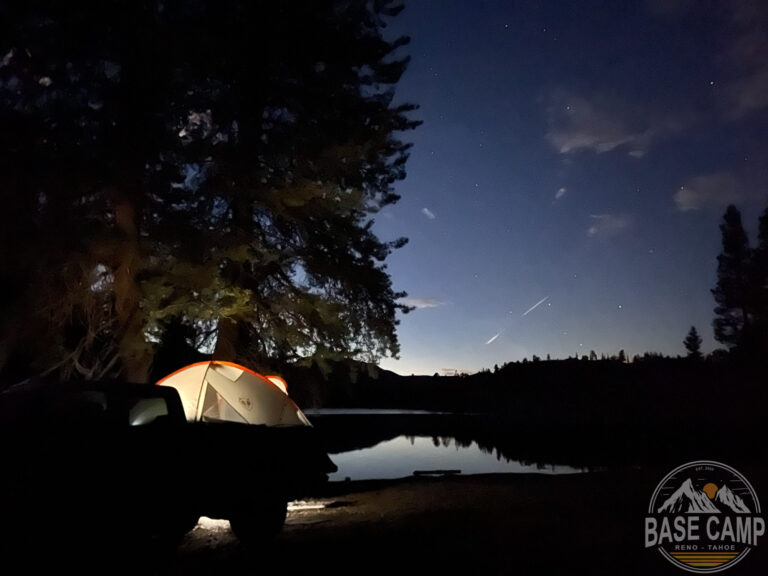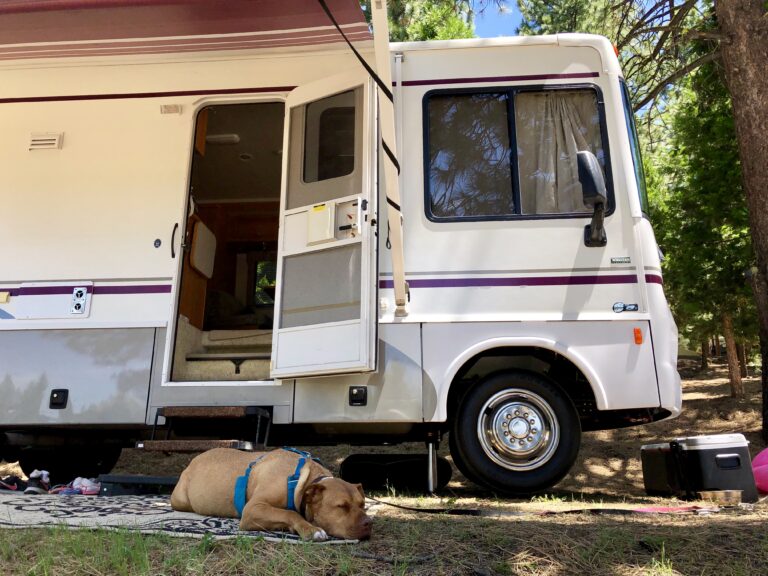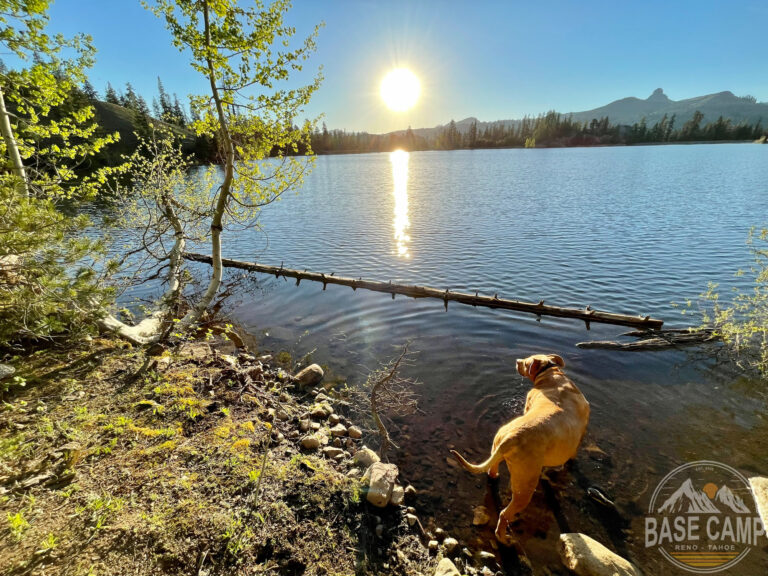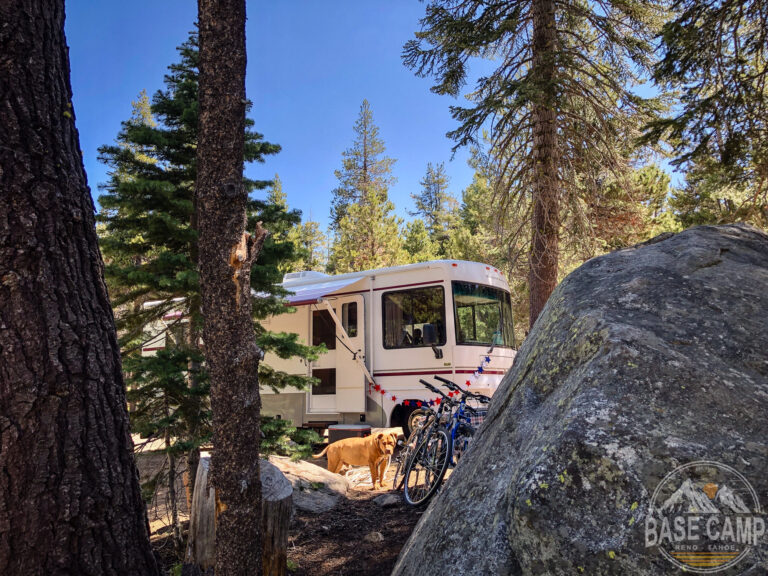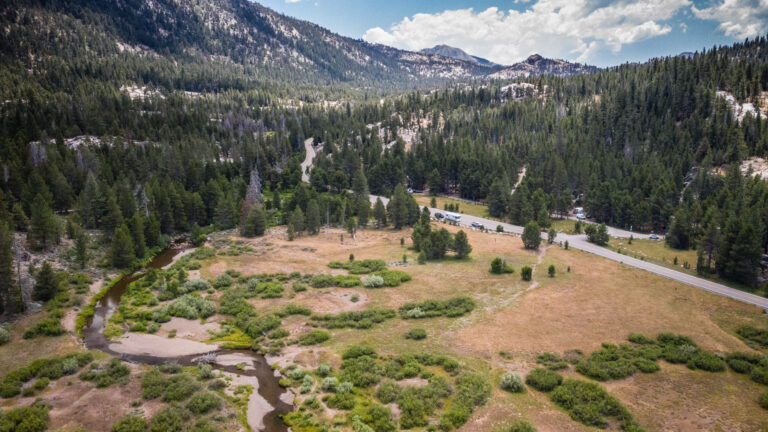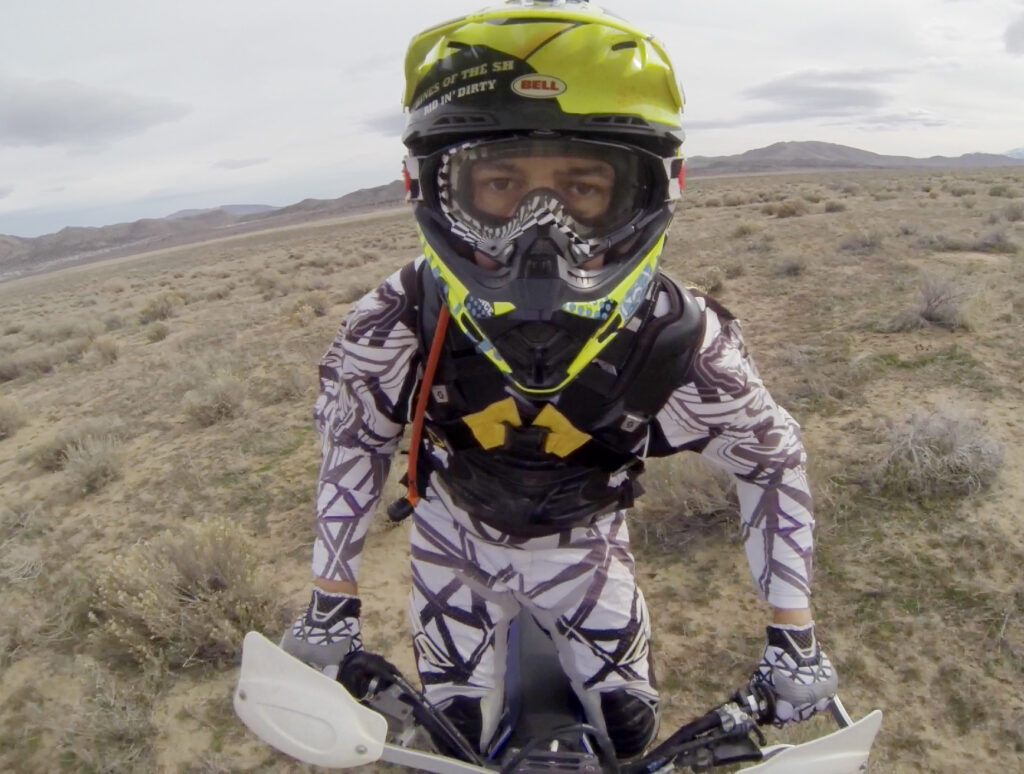You don’t have to have the biggest baddest truck on the road to go explore, although that’s fun. Over the years I have had old trucks, classics, new trucks, built trucks, stock trucks and most brands. I definitely have favorites, and favorites for different reasons, but no matter what I am driving there are a few things that remain the same. This list will help you get started with those things as you get ready to venture out. As time goes on I will get into more detail on each of these.
Maintenance
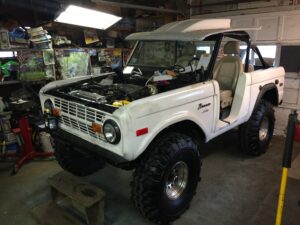
One of the most important and basic things you can do to get on the trail and back is to keep your vehicle maintained. Routine maintenance comes first but I also recommend having a shop check it over further. Have them check all of the belts and hoses, the battery and charging system, brakes and especially the tires. They can also diagnose any clunks, squeaks or rattles. Sometimes a simple clunk in the front end can lead to a larger repair after one time off-road, or keep you from making it back home! Likewise, it may be nothing, but it’s better to know either way. I cannot stress maintenance enough.
Tires
We talked about tires under maintenance but I wanted to cover them again. Tires are critical. They don’t have to be a super aggressive design to be good off-road but they have to be in good condition at least. Over the years I have had all sorts of tires from aggressive mud tires when I lived back east to mellow all-terrain tires on the family SUV. If you aren’t sure what to get then you can do research on specific tires online but also go to a local tire shop and discuss what you want to do with them. Are you going to be mostly on the road or more on trails? Is it just a weekend vehicle that you are putting them on or a daily driver? A good shop can talk you through your best options. Once you get new tires, and especially if you are new to off-roading, go test them. Find some basic local trails and see how they handle. You don’t have to get crazy but just try a couple things like accelerating and braking to get the feel of them. I also like to find a hill to see how they do on it.
The Buddy System
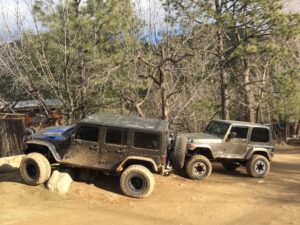
This sounds simple, and it is, but it’s important. Travel in pairs, at least. For one, it’s more fun to explore with someone else. Two, and most importantly, if one vehicle breaks down then you’ll have a backup. Maybe it’s something simple that a buddy can drive back out and get or maybe its something bigger that requires a tow but at least you won’t be stuck out there.
Basic Tools
If you don’t already have one, a basic tool kit is an important add-on for your rig. Depending on what you are doing or what your experience level is will dictate what you bring. But, at least pick up a basic kit so that if you do have a simple breakdown you aren’t left stranded by something like a loose hose.

HERE is a basic kit to help keep you going.
Safety
A safety kit, or first aid kit, is another important thing to bring along. You don’t have to be able to perform major surgeries out there but find a comprehensive kit that also has a book or quick access card with it. Stupid little injuries happen like a splinter or a cut and a basic first aid kit can make all the difference between a ruined day or getting back to having fun. Side note – If you are traveling with furry friends then a good thing to get is a specific dog first aid kit. It will have some different items in it but also specific instruction for dog injuries. Other things I consider part of your safety gear is clothing. The weather changes fast in the mountains so you could be in t-shirt and shorts for part of the day and all of the sudden need a rain coat or puffy jacket because some weather has moved in. It doesn’t take much to throw a few extra items in small bag to keep you warm or dry.

HERE is a great little first aid kit that includes 100 pieces but is still easy to keep in your vehicle or pull it out to take on a hike.
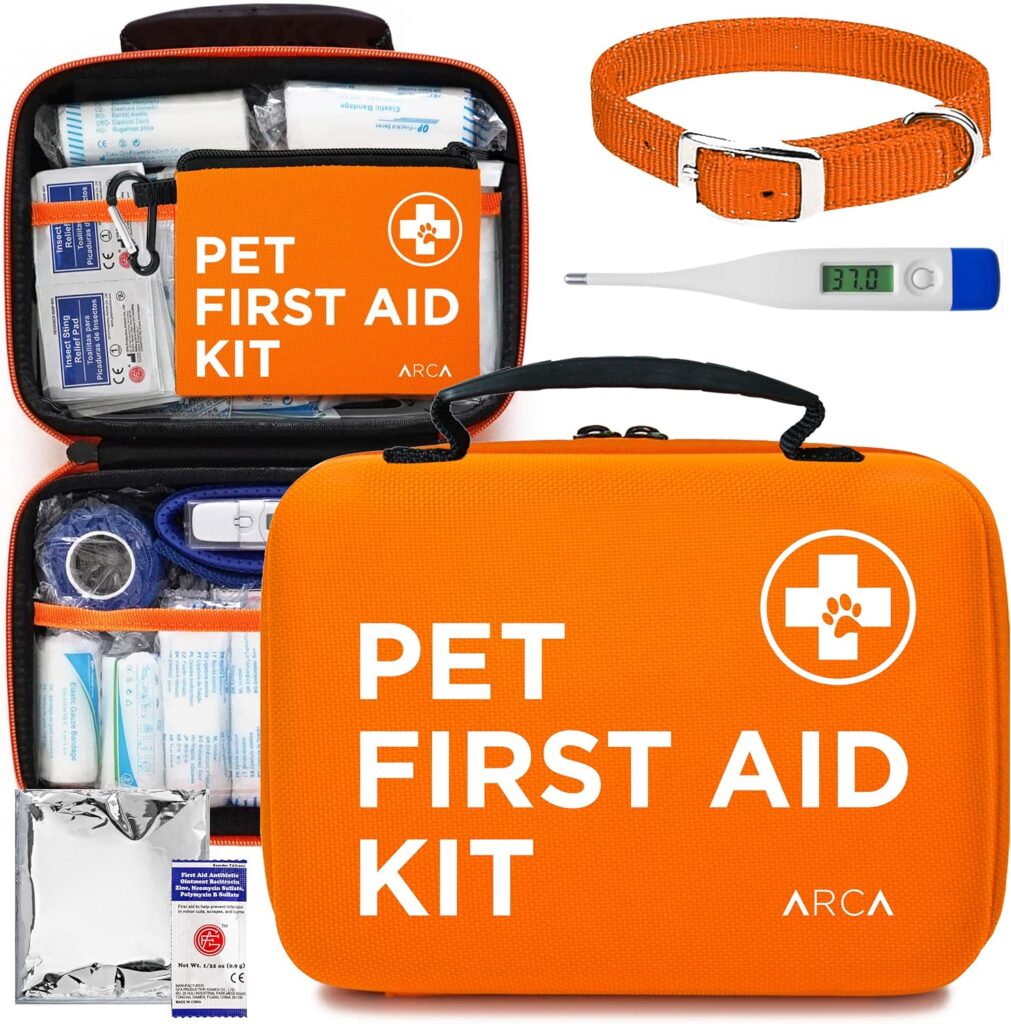
HERE is a top rated pet first aid kit for travel.
Tow Gear

This sort of falls under safety but another good thing to throw in the truck is some basic tow gear. You don’t have to get extensive here but having this can really save you. At the minimum, a good thing to have is a tow strap. You can find one of these at any auto parts store. You can also find or order a kit that will have a tow strap and gloves in a bag. If you’re doing a little bit more serious off-roading then a recovery strap, or snatch strap, is good to have. A snatch strap is a specific type of kinetic material which has some elasticity to it which when snatched on by a vehicle stretches and helps pull out the stuck vehicle. The good thing with these is that if you are pulling hard it doesn’t jerk you around like a un-giving tow strap does. Along with these straps it’s also a good idea to have at least a couple of “D” rings. D-rings help to attach your strap to the vehicle.

Tow strap kit with D-rings. This is a great all-in-one bag setup from Rhino USA.
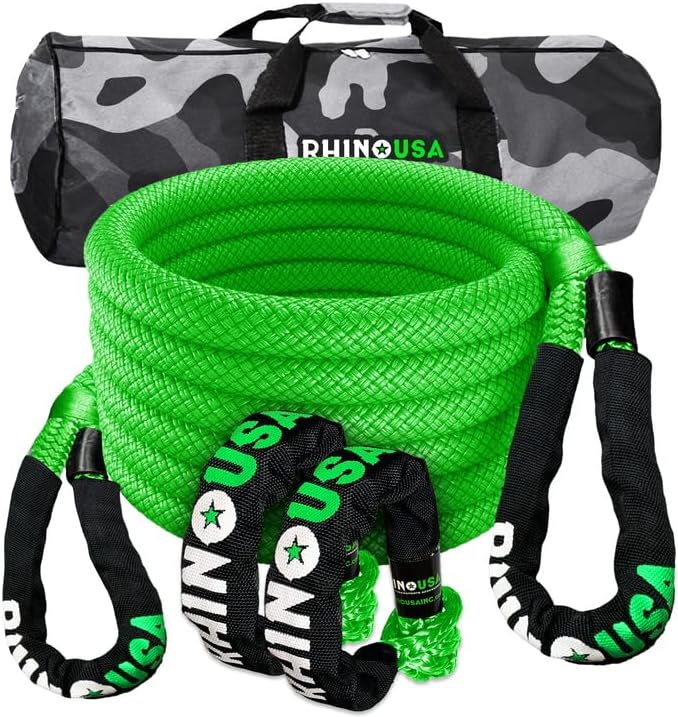
If you’ve got something that is really stuck then you need a kinetic rope. This kit from Rhino USA includes a 7/8″x30′ rope and a set of soft shackles in the bag. Check it out right HERE
Battery Charger
The newest technology for battery chargers is pretty amazing. They are small, lightweight, hold a huge charge, can charge multiple things and have great cranking amps. If you are stuck trailside because you left the lights on, had the stereo cranking or just have a weak battery then one of these is priceless. And, I have seen these on Amazon for under $100 with excellent reviews. With these charges you pre charge them at home so that they are ready to go when you need them. They can help with just a quick start or to put nearly a full charge on a battery, depending on which one you have. The charger can also charge other things like your phone, a flashlight, tablet or GPS through built in USB ports. This is another item which could save you from a long walk out of the woods.
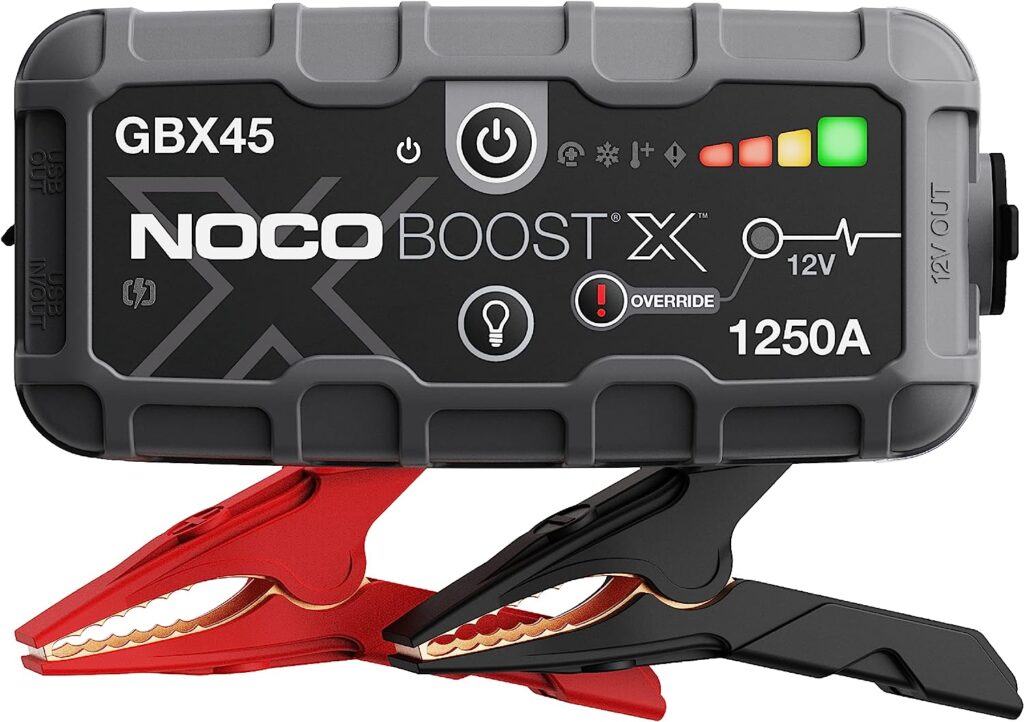
This battery jumper from NOCO is a great addition to most any vehicle. It holds 1250 amps of juice and is rated to start gas engines up to 6.5 liters and diesel up to 4.0 liters. NOCO does offer models with more power so if this is going in a full-size diesel truck then check out one of the other models. The cool thing with this charger is that it also includes ports for USB A and C charging. You can check out more details and order one HERE
Communication and Navigation
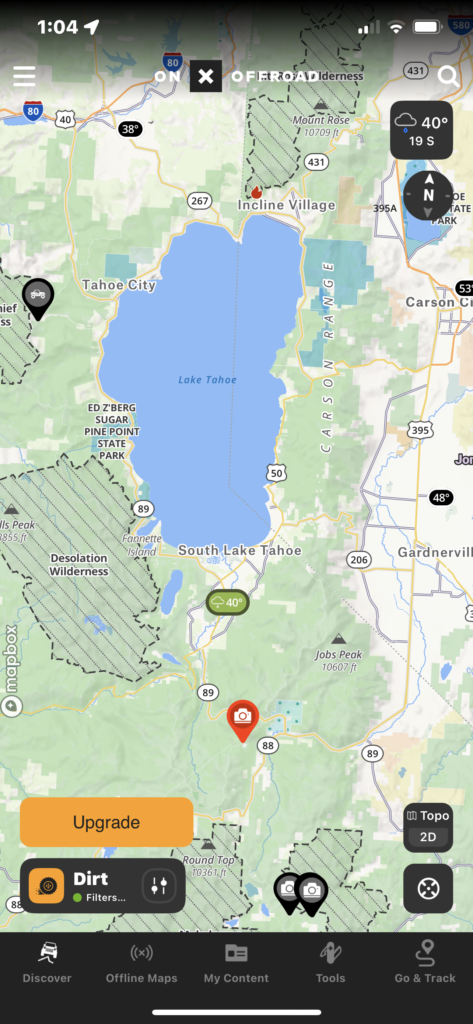
This is a pretty broad topic and I’ll just touch on some basics for now. The obvious one is your cell phone. Depending on your carrier you may or may not have coverage where you are going to explore. Much of the backcountry in our area does not have coverage so take that into account when making plans. Just because you won’t have cell coverage does not mean that you won’t use your phone. Their are many options for downloading maps for the specific area where you will be. Do this before you leave home!
If you are traveling in a group with other vehicles then GMRS radios are great to bring along. They are inexpensive, come in kits of 2 or 4 and have a long enough range to reach all the vehicles in your group, provided they aren’t miles away. The wider open the terrain the longer they will reach. If you are planning on extensive backcountry travel, or going alone, then I highly recommended a satellite communication device like the SPOT X 2-way satellite messenger or the one I use, the Garmin In-Reach Mini 2.
Food and Water
This may seem obvious but if you think you are staying close to home it might be something you overlook. Just like with any backcountry travel, doing it safely means being prepared. And part of being prepared to drive into the mountains means bringing along food and water. Bring more water then you think you’ll need. If you are bring pets then don’t forget to pack extra for them as well. I like to bring along a small soft sided cooler that I put my favorite drinks in. I also bring extra water to put in the back that we may never use but at least it’s there. If you are far off the road and have a break down, an injury or get stuck then having that water could mean life or death.
Shelter
This is another very broad topic with lots of opinions. You can get very fancy, and expensive, with one of the amazing off-road trailers that will pull all of your gear in style and comfort. Or, you can travel lite and just throw a sleeping bag in the back of your truck. Somewhere in between lies ground and rooftop tents.
The best thing about whichever way you choose to go is that we now have so many options. And the options are comfortable! You also don’t have to spend a fortune to outfit yourself. We spend a lot of time in the RV but I also have several ground tents and my favorite, the truck bed tent. When I got into the truck that I have now I didn’t want to spend a bunch of extra money outfitting it. I also wanted to be able to haul motorcycles in the back of it without fighting any sort of rack. To achieve all of this I decided on a truck bed tent and I love it.
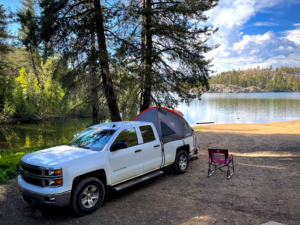
This was my truck right after I had picked it up on the other side of the country and before I put new wheels and other things on it. I got the Rightline Gear truck bed tent for my drive across and have used it since. It fits snuggly over the bed of the truck and is weather tight. I’ve tested it on a few rainy nights and I stayed dry and comfortable.

Rightline also makes an air mattress for your truck or SUV. I do use it and it’s been pretty comfortable. You can check it out HERE
I’ll expand on things further as time goes on but these basics will help get you on the trail. This article contains affiliate links to help you pick out the gear that you’ll need.
